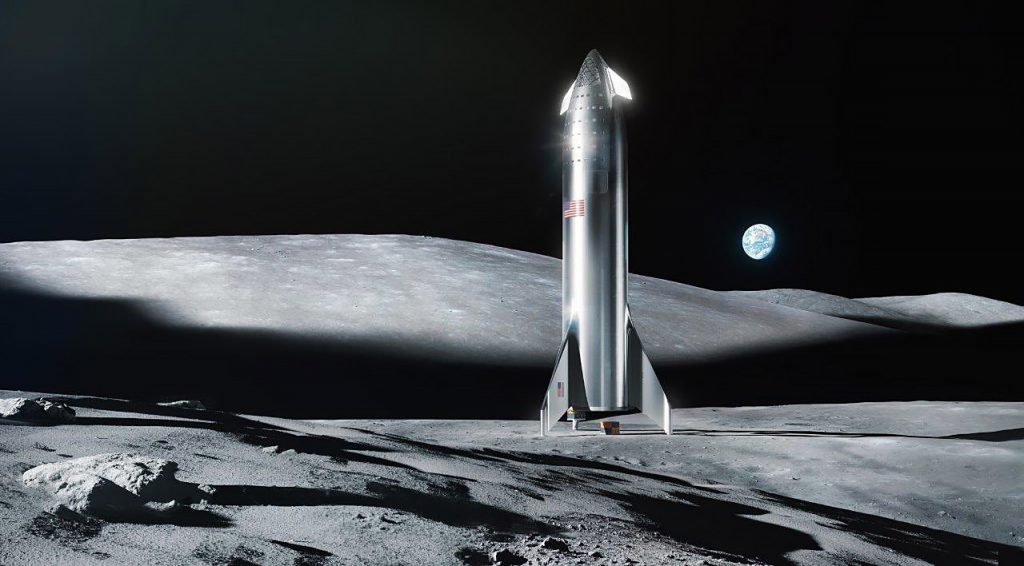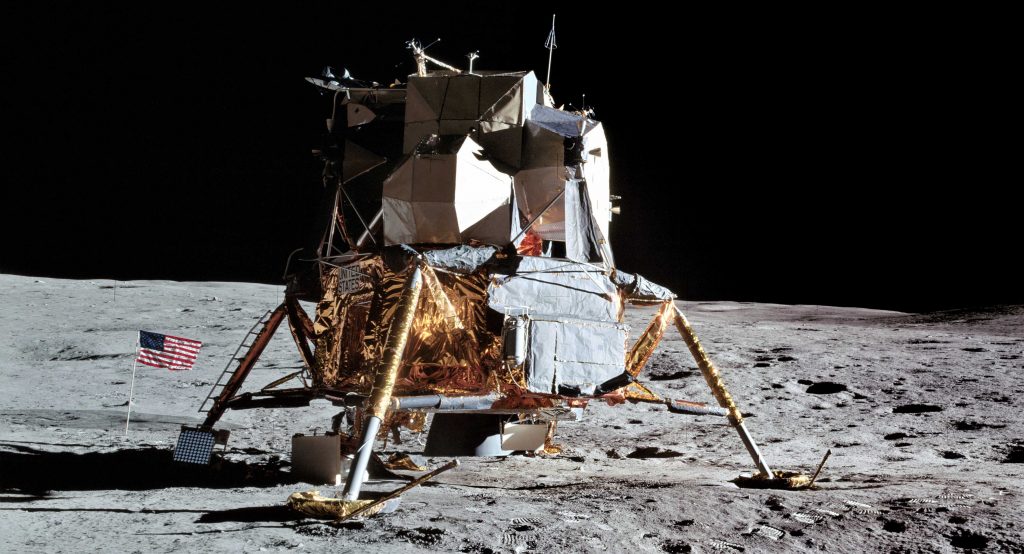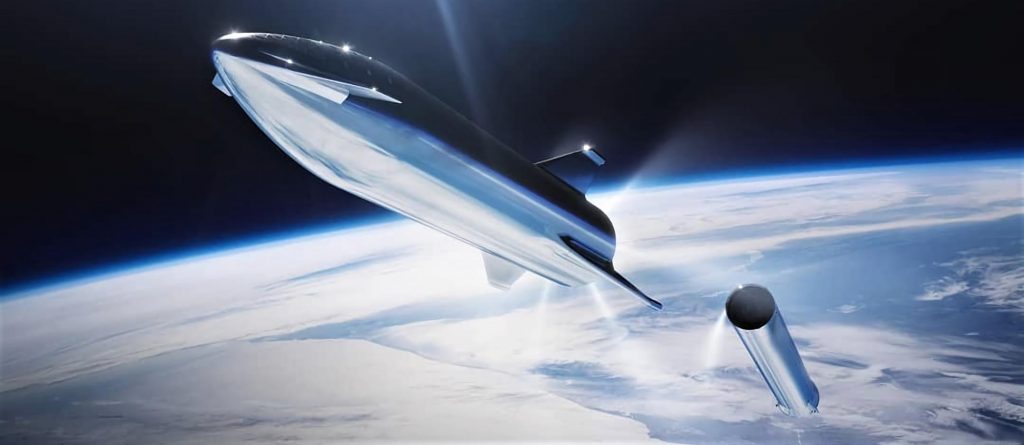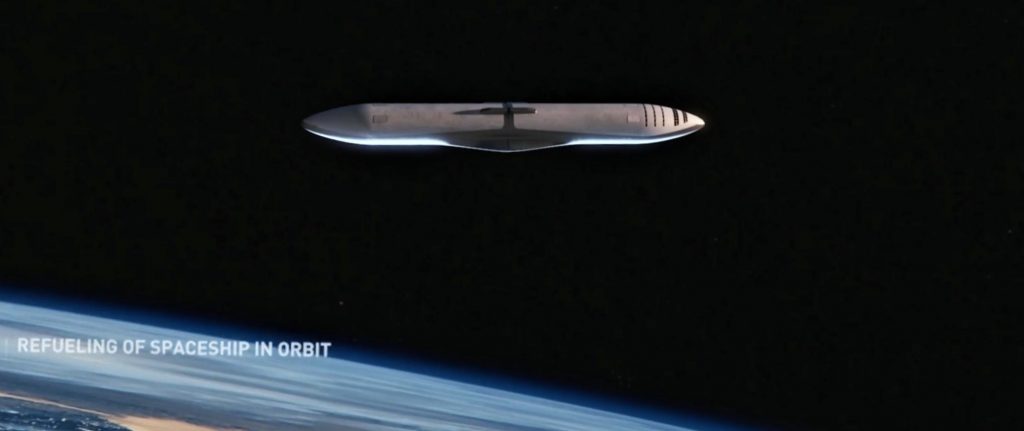NASA has announced 19 technology partnerships between the agency’s many spaceflight centers and 13 companies, including SpaceX, Blue Origin, and more. This round of Space Act Agreements (SAAs) shows a heavy focus on technologies and concepts that could benefit exploration of the Moon and deep space more generally, including lunar landers, food production, reusable rockets, and more.
Put simply, all 19 awards are great and will hopefully result in tangible products and benefits, but SpaceX has a track record of achievement on the cutting edge of aerospace that simply has not been touched over the last decade. As such, the company’s two SAAs are some of the most interesting and telling, both ultimately focused on enabling Starship launches to and landings on the Moon and any number of other destinations in the solar system. Perhaps most importantly, it signals a small but growing sect within NASA that is willing and eager to acknowledge Starship’s existence and actively work with SpaceX to both bring it to life and further spaceflight technology in general.
One agreement focuses specifically on “vertically land[ing] large rockets on the Moon”, while the other more generally seeks to “advance technology needed to transfer propellant in orbit”, a feature that Starship’s utility would be crippled without. In this particular round of SAAs, they will be “non-reimbursable” – bureaucratic-speak for a collaboration where both sides pay their own way and no money is exchanged. SpaceX’s wins ultimately show that, although NASA proper all but refuses to acknowledge Starship, the many internal centers it is nothing without are increasingly happy to extend olive branches towards the company and its ambitious next-generation rocket.
“SpaceX of Hawthorne, California, will work with NASA’s Kennedy Space Center in Florida to advance their technology to vertically land large rockets on the Moon. This includes advancing models to assess engine plume interaction with lunar regolith.”
“SpaceX will work with Glenn and Marshall to advance technology needed to transfer propellant in orbit, an important step in the development of the company’s Starship space vehicle.”

Giant rockets on the Moon
SpaceX’s first SAA centers around studying the task of landing Starship – a “large rocket” – on the Moon and attempting to understand just how the Moon’s powdery regolith (i.e. inorganic topsoil) will respond when subjected to the plume of a Raptor engine. Put simply, the task of landing a spacecraft as massive as Starship has never been attempted on the Moon, and the process itself – irrespective of any potential surprises from plume-regolith interaction – poses some obvious challenges.
In the most basic sense, Starship is massive. According to the vehicle’s circa. 2018 dimensions, it will stretch 55m (180 ft) from nose to tail, be 9m (30 ft) in diameter, and weigh (per 2017 specs) ~85 tons (190,000 lb) empty and upwards of ~1350 tons (2.95 million lbs) fully fueled. For reference, that is almost 80% as tall and more than 2.5 times as heavy as an entire Falcon 9 rocket. In the history of lunar exploration, Apollo’s Lunar Module (LM) – including landing and ascent stages – is the heaviest vehicle to have ever landed on the Moon, weighing a maximum of 5500 kg (12,100 lb) at landing (Apollo 17).

As such, an expendable Starship landing on the Moon with zero propellant for a possible return to Earth would easily break the record for landed mass by a factor of 10-20, while a Starship landing with enough delta V to simply return to lunar orbit – let alone land back on Earth – could easily up that to 30-50x.
Aside from the mass of Starship, there is also the question of how to gently land the spacecraft in the first place. Lunar gravity is roughly 1/6th of Earth’s, meaning that, say, 200 tons (i.e. Raptor’s thrust) would equate to more than 1200 tons of effective thrust on the Moon, a more than 10:1 thrust-to-weight ratio. For reference, the Apollo Lunar Module descent stage was powered by an engine with ~10,000 lbf (4.5 tons) of thrust that could throttle as low as ~1000 lbf (0.45 tons), meaning that even in lunar gravity conditions, the LM could have a thrust-to-weight ratio less than 1. For the purpose of safely landing on the Moon and ensuring a gentle landing, that is an extremely desirable thing to have.

Much like Falcon 9’s upper stage features cold-gas nitrogen thrusters to settle its propellant before MVac ignition, Starship will likely need a similar system, and it’s possible that that system could be used to gently land Starship and tweak its velocity in the final stages of a Moon landing. This study will likely be used in part to figure out what exactly the optimal method of landing Starship is.
How to Refuel Your Starship
Finally, SpaceX’s second NASA SAA focuses on developing the immature technology of in-orbit propellant transfer, an absolute necessity for Starship to simultaneously be fully reusable and capable of landing significant payloads on other planets (or moons). Ever since SpaceX CEO Elon Musk first revealed the company’s Mars-bound launch vehicle in 2016, it has incorporated in-orbit refueling as a foundational feature.


Due to the additions required for full reusability, Starship will essentially need to be launched into Earth orbit and then quickly refueled anywhere from 1 to 10+ times depending on the ultimate destination and the mass of the cargo being delivered. This is not to say that Starship will be useless without refueling – according to SpaceX VP of Sales Jonathan Hofeller, Starship will be capable of launching more than 100 tons (220,000 lb) to low Earth orbit and 20 tons (44,000 lb) to geostationary transfer orbit (GTO), more than enough to satisfy every commercial demand currently in existence.
However, with one or several refueling missions, Starship should be able to turn 100 tons to LEO into 100 tons to the surface of Mars or dozens of tons to the surface of the Moon. Put simply, with reliable and fast refueling, Starship goes from being a major step forward in reusable spaceflight to the key to the solar system and to radically affordable deep spaceflight.
Check out Teslarati’s newsletters for prompt updates, on-the-ground perspectives, and unique glimpses of SpaceX’s rocket launch and recovery processes.

<!–
–>
var disqus_shortname = «teslarati»;
var disqus_title = «SpaceX to mature Starship Moon landing and orbital refueling tech with NASA’s help»;
var disqus_url = «https://www.teslarati.com/spacex-starship-moon-landing-orbital-refueling-nasa/»;
var disqus_identifier = «teslarati-110482»;

